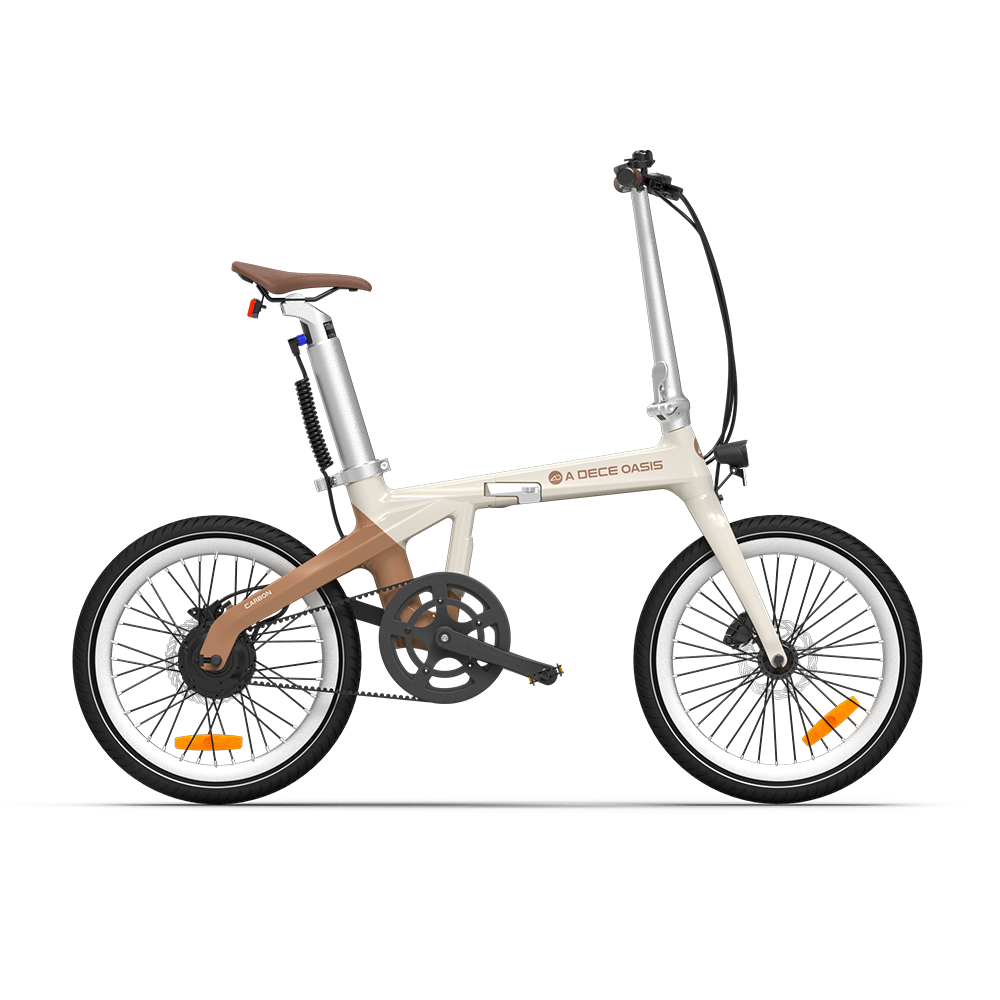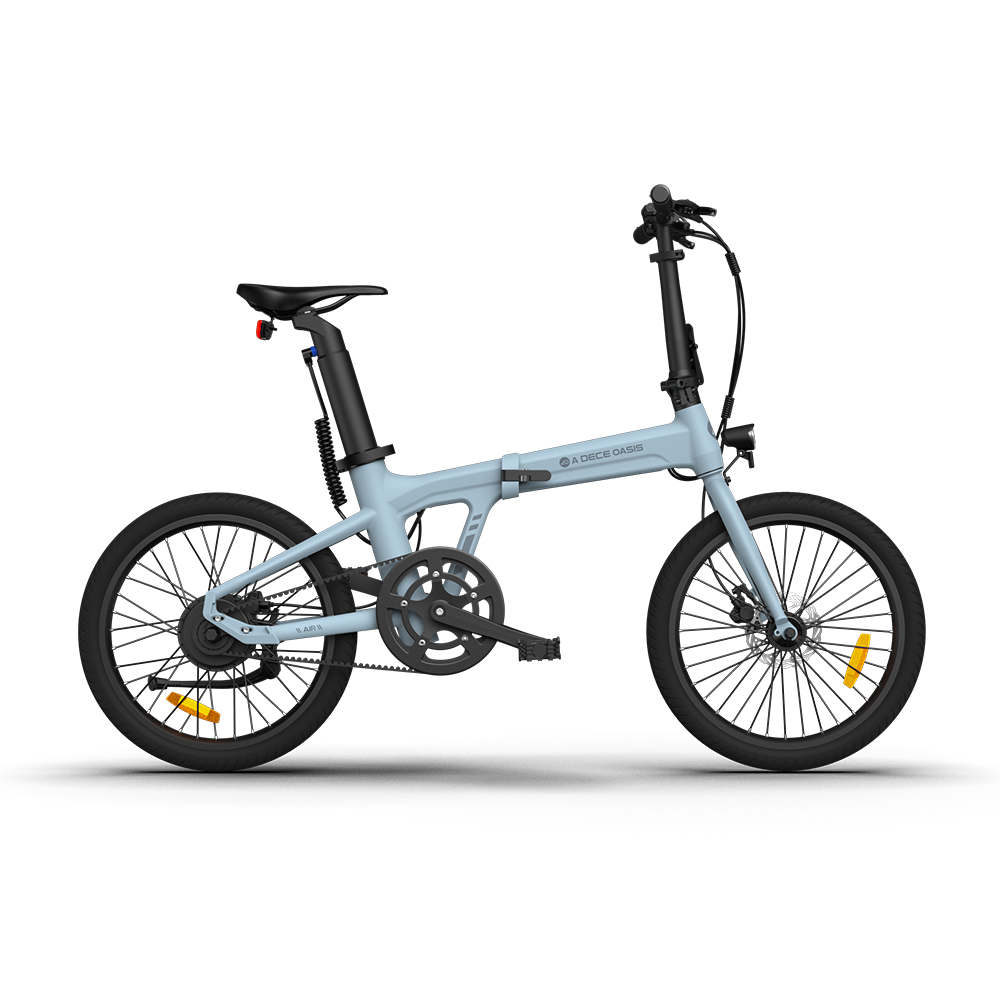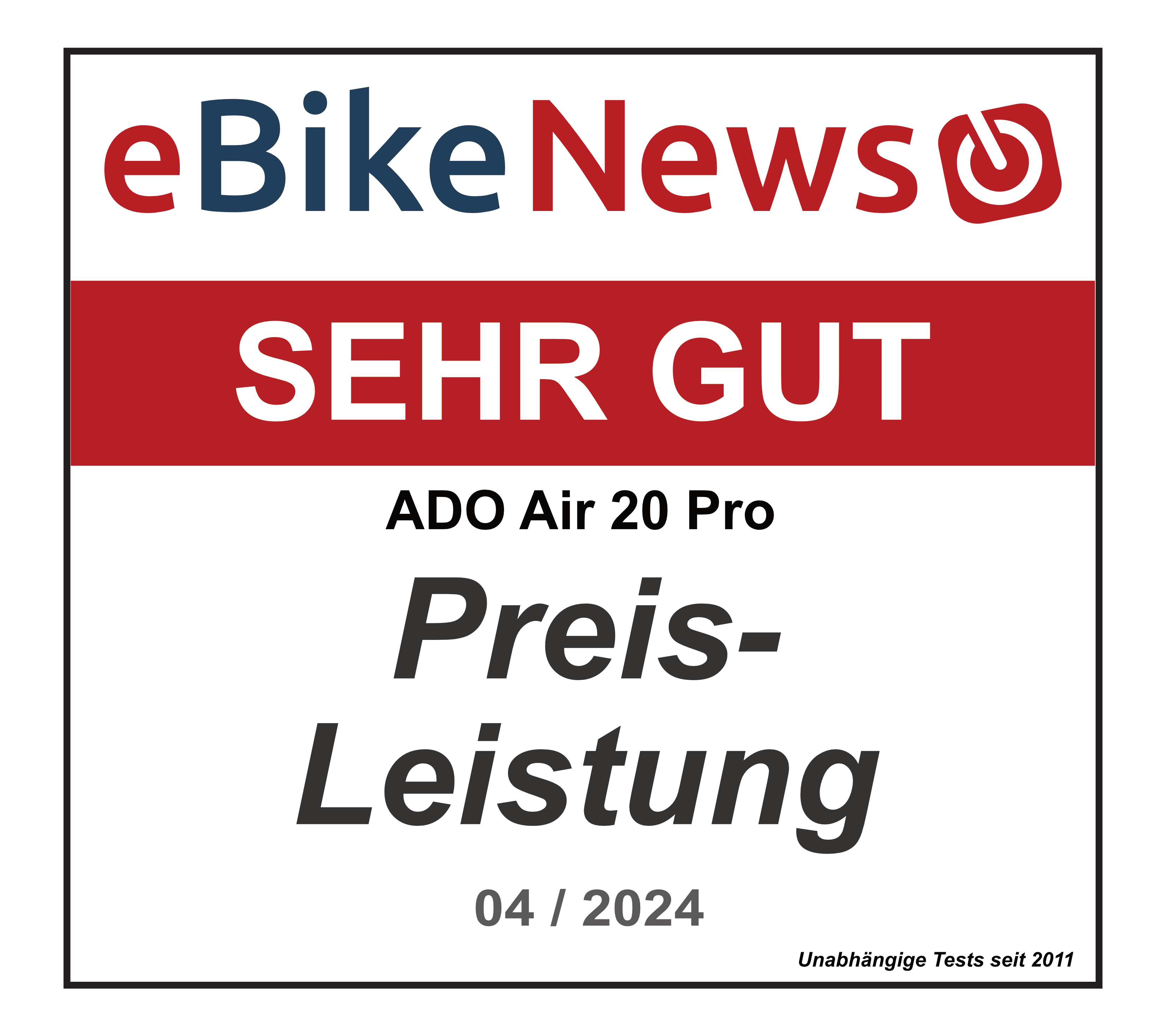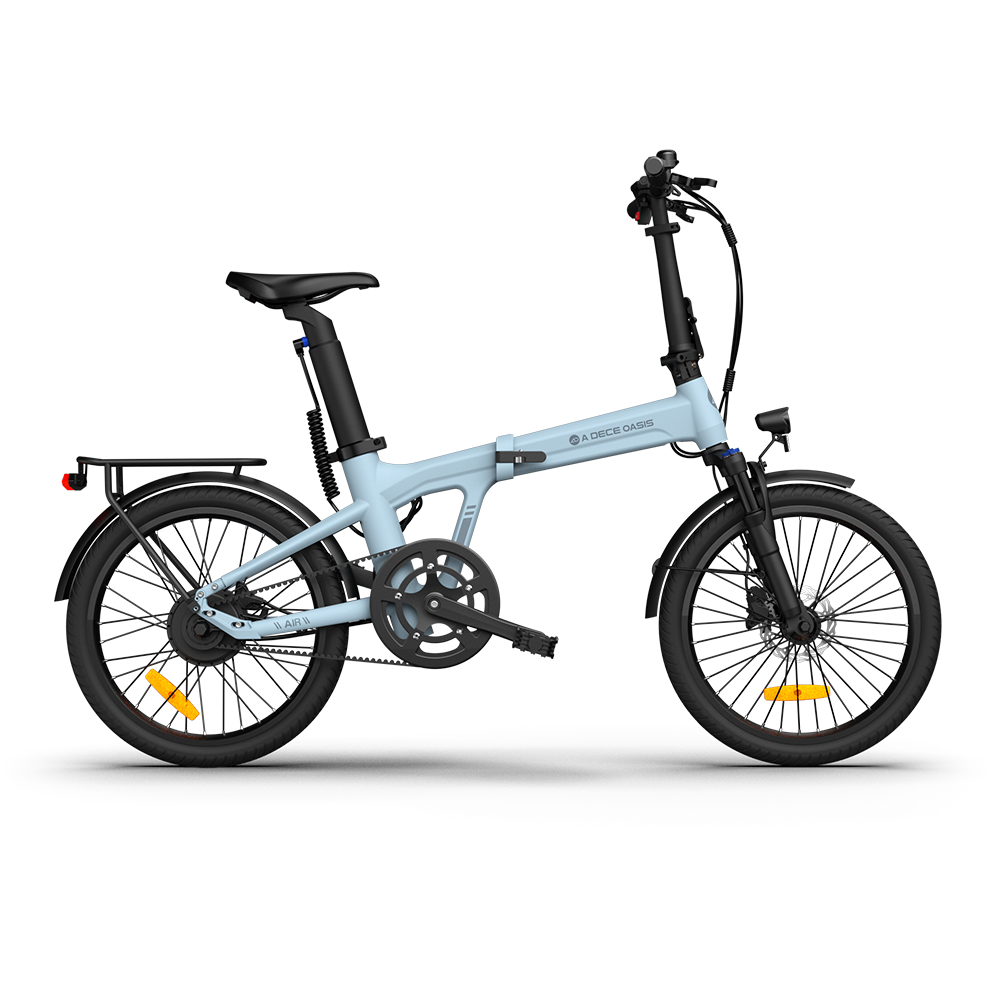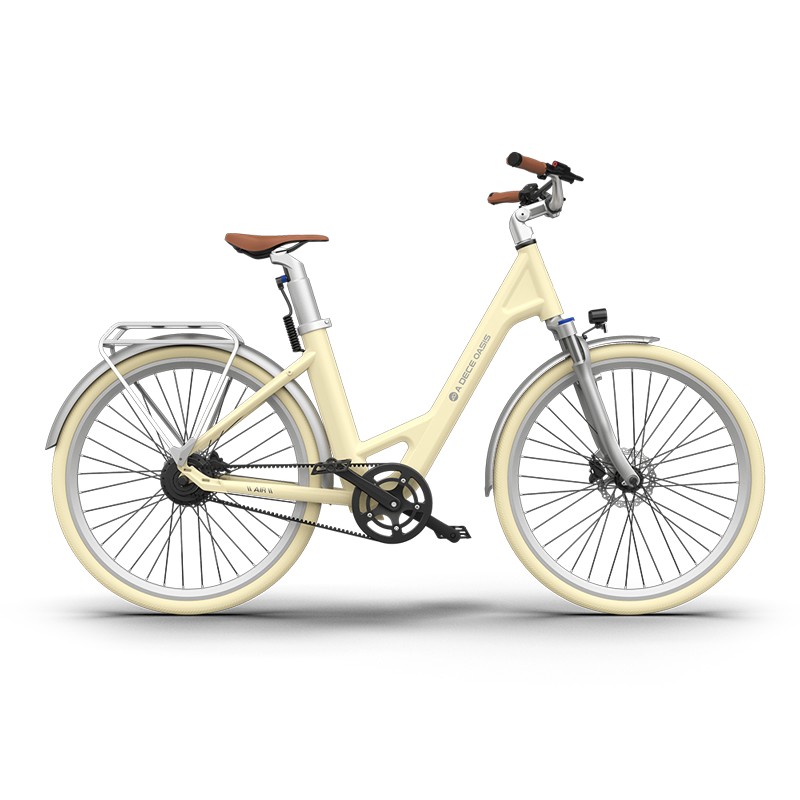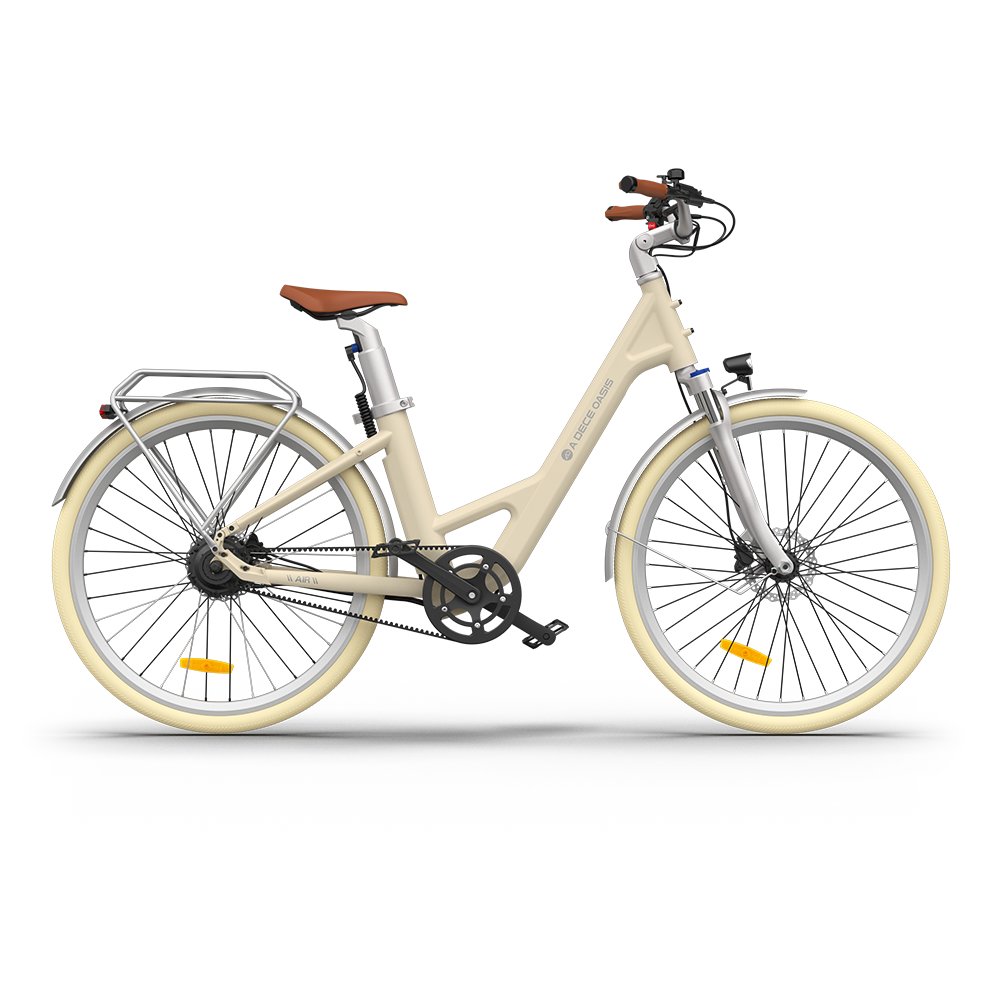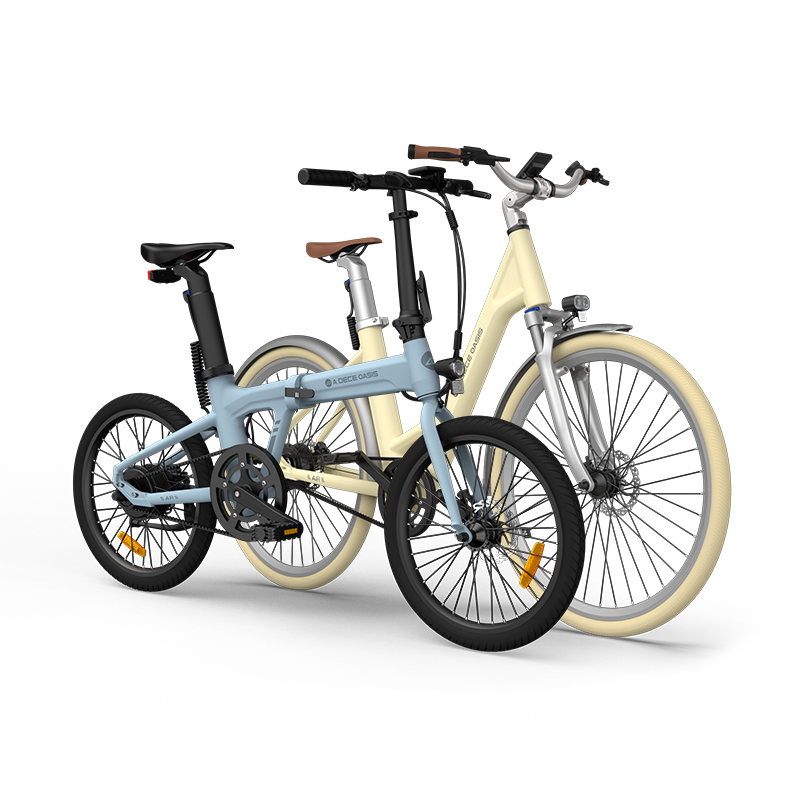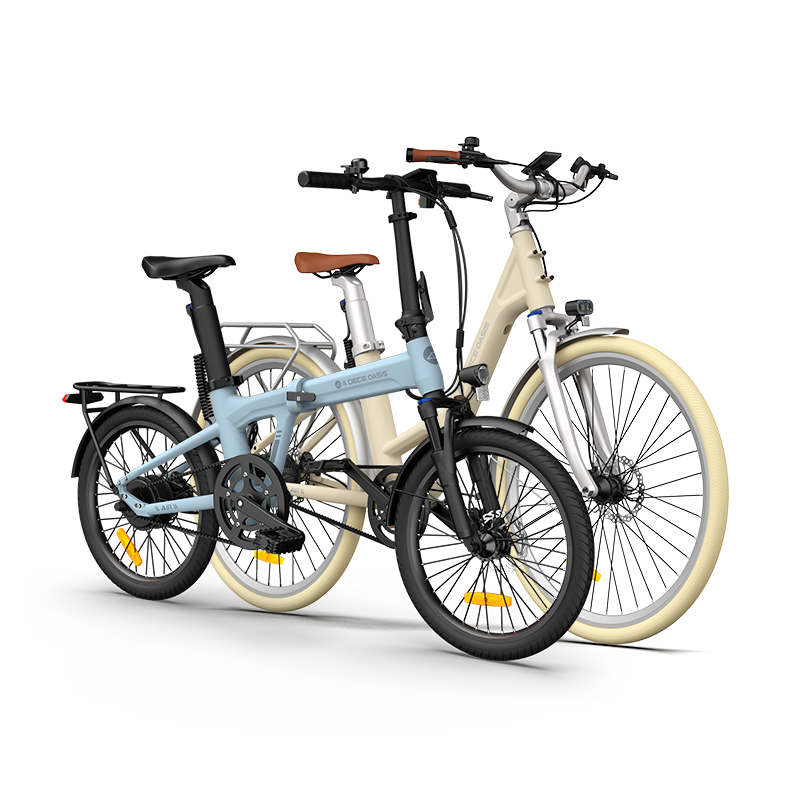Electric bikes have revolutionized urban commuting and recreational cycling, offering effortless riding with pedal-assist and throttle modes. One of the key advancements in e-bike technology is automatic transmission, which eliminates the need for manual gear shifting. Among automatic systems, 3-speed and 2-speed transmissions are common options. But what’s the difference, and which one is better for your needs? Let’s break it down.
1. Understanding Automatic Transmissions in E-Bikes
Automatic transmissions in e-bikes adjust gear ratios based on riding conditions (speed, pedal cadence, and torque) to optimize efficiency and performance. Unlike traditional bikes, where riders shift gears manually, automatic systems provide a smoother, more intuitive experience.
Key Benefits of Automatic Transmissions:
Simplified Riding – No need to think about gear changes.
Improved Efficiency – Optimal gear selection enhances battery life and motor performance.
Smoother Acceleration – Seamless transitions between gears.
2. 2-Speed Automatic Transmission
A 2-speed automatic transmission offers two gear ratios:
Low Gear: Better for climbing hills and accelerating from a stop.
High Gear: Ideal for maintaining higher speeds with less effort.
Pros of 2-Speed:
✔ Simplicity – Fewer gears mean fewer mechanical components, reducing potential failures.
✔ Lightweight – Lighter than a 3-speed system, which may improve agility.
✔ Cost-Effective – Generally cheaper than 3-speed systems.
Cons of 2-Speed:
✖ Limited Range – May struggle with steep hills or high-speed cruising compared to 3-speed.
✖ Less Optimized for Varied Terrain – Not as versatile for mixed riding conditions.
Best For: Commuters in relatively flat areas or riders who prioritize simplicity and affordability.
Among the ADO E-bikes. the pro series have 2-speed automatic transmission,if you like the 2-speed automatic transmission, pro series is your best choice.

3. 3-Speed Automatic Transmission
A 3-speed automatic transmission adds an extra gear, typically:
Low Gear: For steep climbs and slow-speed control.
Medium Gear: Balanced for moderate inclines and urban riding.
High Gear: Maximizes efficiency at higher speeds.
Pros of 3-Speed:
✔ Better Adaptability – Handles hills, city streets, and open roads more efficiently.
✔ Smoother Transitions – More gear options mean finer adjustments to riding conditions.
✔ Improved Performance – Optimizes motor and battery efficiency across different speeds.
Cons of 3-Speed:
✖ Slightly Heavier – Additional components may add minimal weight.
✖ More Complex – Potentially higher maintenance than a 2-speed system.
Best For: Riders who encounter varied terrain, need better hill-climbing ability, or want a more refined riding experience.
Among the ADO E-bikes. the Air 30 Ultra have 3-speed automatic transmission,if you like the 3-speed automatic transmission, the Air 30 Ultra is your best choice.

4. Which One Should You Choose?
The choice between a 2-speed and 3-speed automatic transmission depends on your riding needs:
Choose a 2-Speed if:
You ride mostly on flat terrain.
You prefer a lighter, simpler, and more affordable system.
You don’t need extreme hill-climbing performance.
Choose a 3-Speed if:
You frequently ride on hills or mixed terrains.
You want smoother acceleration and better speed optimization.
You’re willing to invest in a slightly more advanced system.
5. Final Thoughts
Both 2-speed and 3-speed automatic transmissions offer distinct advantages. While the 2-speed is great for casual riders and flat commutes, the 3-speed provides greater versatility for challenging routes. Consider your typical riding conditions and preferences before making a decision.
Would you prefer a simpler 2-speed or a more adaptable 3-speed e-bike? Let us know in the comments!




